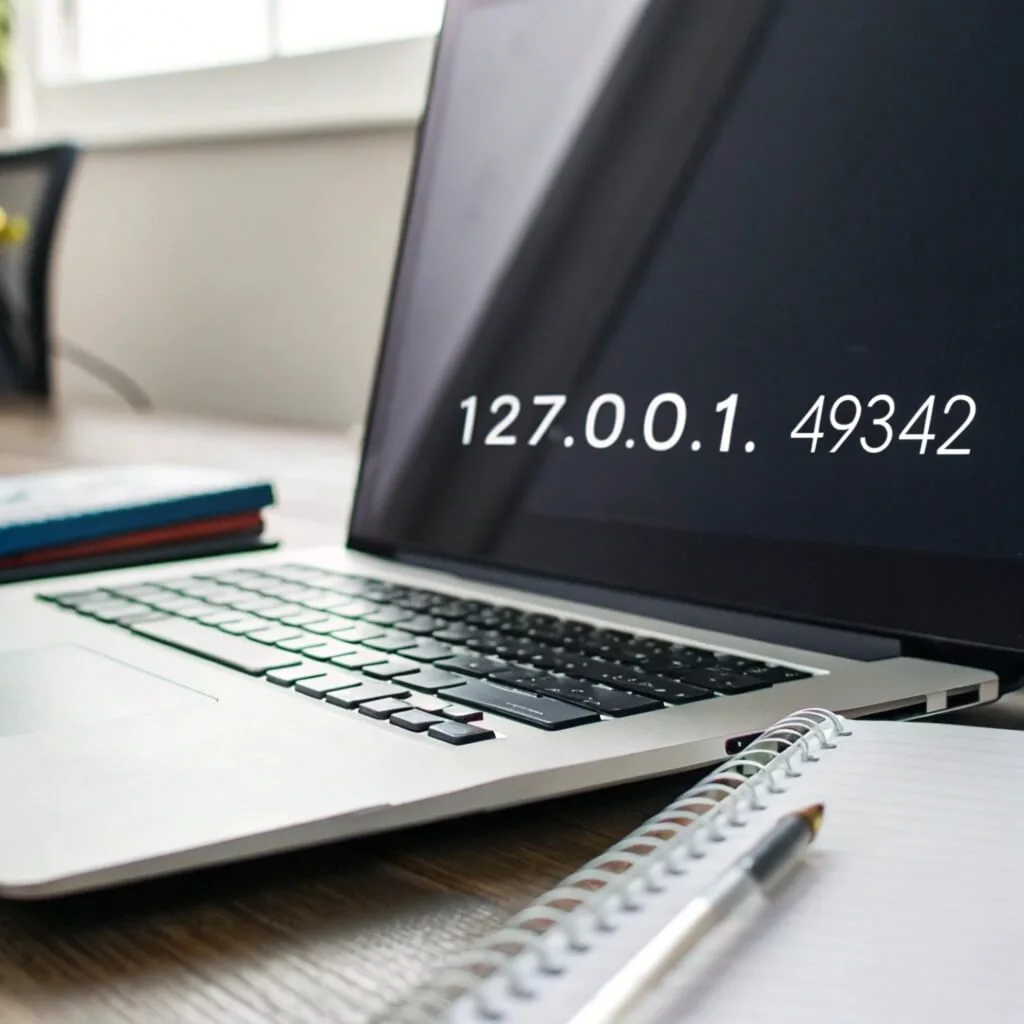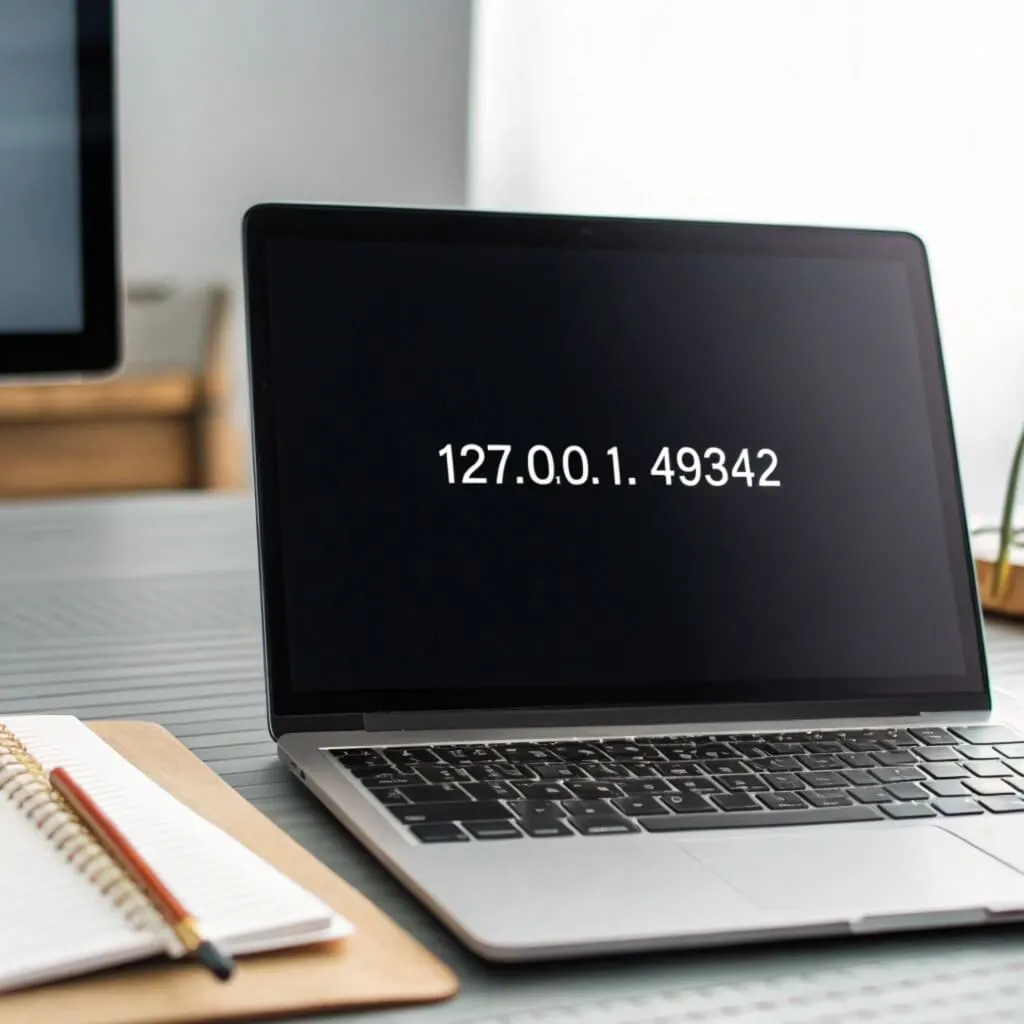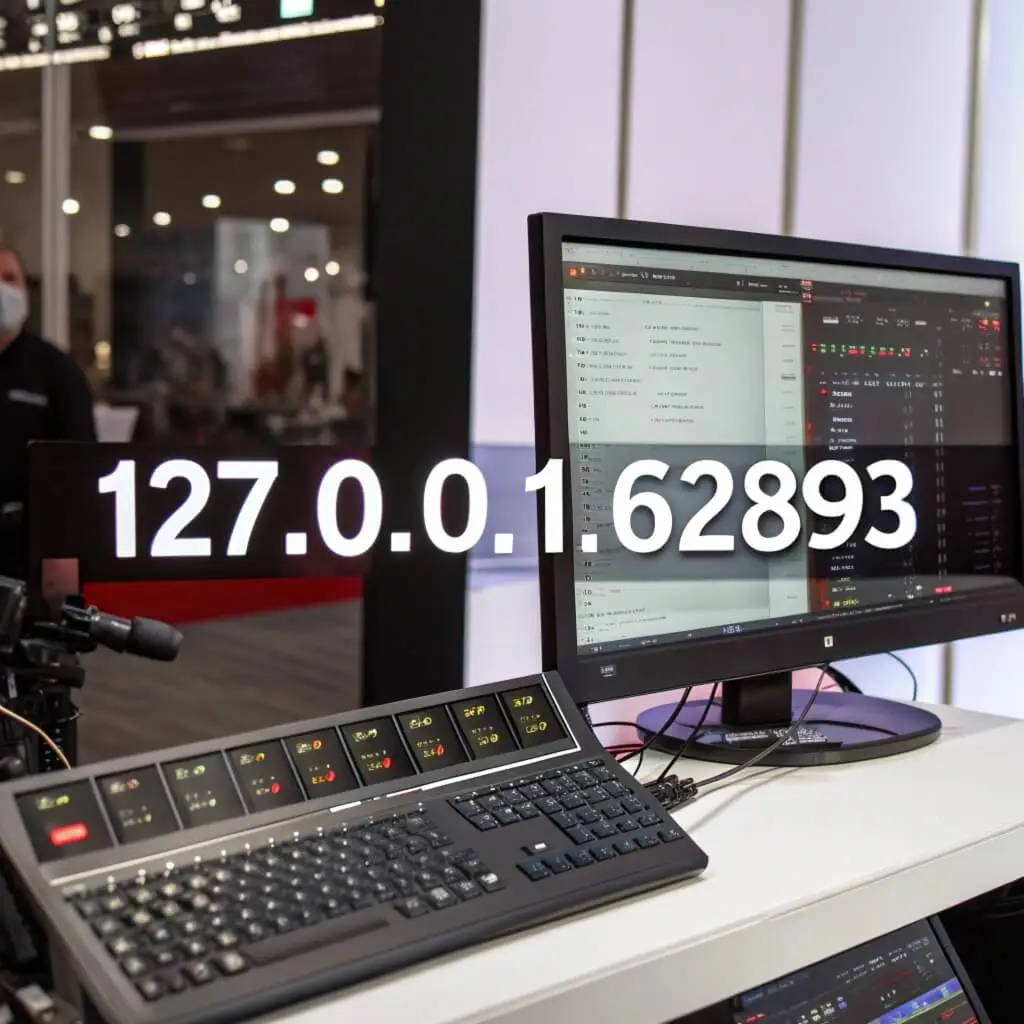When working with local development environments, the combination 127.0.0.1:49342 is a common sight, representing a loopback address paired with a specific port number that allows developers to run and test applications securely on their own machines. In the ever-evolving world of software development and networking, some concepts can initially appear perplexing, especially when dealing with local networks and IP addresses.
A common example is the combination 127.0.0.1:49342, which represents a local IP address and a specific port number. But what exactly does it mean, and how does it relate to development and testing? In this article, we will explore this concept, explain how it works, and discuss its various uses in a secure development environment.
What Is 127.0.0.1:49342?
When diving into networking, particularly in the realm of software development and testing, it’s crucial to understand various technical terms and configurations. One such combination that frequently comes up is 127.0.0.1:49342. At first glance, it might seem like a random sequence of numbers, but it actually plays an essential role in the local network environment.
To break it down:
- 127.0.0.1 refers to the loopback address, a special IP address reserved for internal communication within the same device.
- 49342 is a port number, which identifies a specific service or process on the device.
In this article, we’ll examine how 127.0.0.1:49342 fits into the broader landscape of network configurations and why it is valuable for testing and development.
What is the Loopback Address 127.0.0.1?
The loopback address, 127.0.0.1, is a special address used by the device to communicate with itself. When you type this address into your browser or a network application, it doesn’t attempt to contact an external server over the internet. Instead, it routes the request back to the same device, allowing the system to handle the request internally.
This self-referencing IP address is invaluable for developers and network administrators, as it enables testing and debugging without needing to connect to an external server or rely on internet connectivity. The loopback address is typically used for:
- Testing network applications locally without affecting the live environment.
- Simulating server-client communication for development purposes.
- Debugging issues in a controlled, isolated setting.
Understanding Port Numbers and Their Function
In the context of networking, ports are used to distinguish between different services or processes running on a device. A port number, such as 49342, ensures that the data sent to 127.0.0.1 reaches the correct service or application. Each service running on the device will listen on a specific port, and the combination of an IP address and port number directs traffic to the appropriate application.
Ephemeral Ports like 49342 are temporary ports used for short-term connections. These ports are assigned dynamically and are often used in development for tasks such as debugging, testing, and running local services.
Common Applications of 127.0.0.1:49342 in Development
The use of 127.0.0.1:49342 is most commonly seen in software development, particularly for local testing and debugging. Here are some typical scenarios where this combination comes into play:
Testing Web Applications Locally
When developing web applications, it’s essential to test the functionality of the application before it is made publicly accessible. Using 127.0.0.1 ensures that developers can run and test their web server locally on the same machine, with no risk of exposing the application to the outside world. Port 49342 (or any other port) can be configured to host specific services, such as a database or a backend API.
Debugging Networked Applications
The loopback address is crucial when debugging applications that rely on network protocols, as it allows developers to simulate real-world interactions without the complexities of an internet connection. By assigning a specific port like 49342, developers can track network behavior, test different components of the application, and identify any issues in a secure environment.
Simulating Distributed Systems
For developers working with distributed systems, 127.0.0.1:49342 allows for simulating how different parts of the system communicate without the need for external servers or devices. This makes it easier to develop complex architectures that rely on multiple interconnected services.
Why Use 127.0.0.1 and Port 49342 in Development?
The benefits of using 127.0.0.1:49342 are numerous for developers, particularly when creating, testing, or troubleshooting applications. Here are some key advantages:
Enhanced Security
By using the loopback address, developers ensure that their testing is done in an isolated environment. This reduces the risk of exposing the application to external attacks or unauthorized access during the development phase.
Faster Testing
Since the communication stays within the same machine, using 127.0.0.1:49342 results in faster response times. This is particularly important when iterating through multiple versions of an application during development.
Controlled Testing Environment
Developers have complete control over the testing environment. They can modify configurations, simulate failures, and test different scenarios without the risks associated with live environments.
Setting Up Local Development Services on 127.0.0.1:49342
To configure 127.0.0.1:49342 for local development, follow these general steps:
- Configure Network Settings: Modify the configuration files of the server (e.g., Apache, Nginx, or Node.js) to listen on 127.0.0.1:49342. This ensures that the server will only respond to requests made on this address and port.
- Launch Services: Once the server is configured, start the application or service to bind it to the loopback address and port number. This allows you to access it locally, without external connections.
- Access via Localhost: Open a browser or application and direct it to 127.0.0.1:49342 to interact with the local service.
Troubleshooting Common Issues with 127.0.0.1:49342
While working with 127.0.0.1:49342, you may encounter some challenges. Here are a few common issues and their solutions:
Port Conflicts
If another application is already using port 49342, you won’t be able to start your service on that port. Use tools like netstat or tcpview to check for open ports and resolve conflicts by switching to a different port.
Firewall Restrictions
In some cases, firewalls may block traffic to certain ports, even those associated with the loopback address. Make sure to adjust your firewall settings to permit connections to 127.0.0.1:49342.
Service Not Responding
If the server is not responding, check the server logs for errors, ensure that it is correctly configured to listen on the right address and port, and verify that no other application is occupying the port.
Best Practices for Using 127.0.0.1:49342 in Development
To ensure efficient and secure use of 127.0.0.1:49342, developers should follow these best practices:
Use Random or Dynamic Ports for Temporary Services: Avoid conflicts by selecting ports from the ephemeral range (49152-65535), which are dynamically assigned and less likely to interfere with other services.
Document Your Port Assignments: Keep track of which ports are being used for which services to ensure smooth collaboration and prevent conflicts, especially in team-based development environments.
Limit Access to Local Services: Configure firewall rules to restrict access to services running on 127.0.0.1:49342, ensuring they are only accessible within the local machine and not exposed to external networks.
Addressing Security Considerations Regarding 127.0.0.1:49342
While 127.0.0.1:49342 is typically safe due to its isolation, there are still some security considerations:
- Misconfigurations can potentially expose internal services, so always ensure proper setup and restrictions.
- Malicious Software running on the same device could potentially exploit vulnerabilities. Keeping your development tools up to date and securing your local environment is crucial.
Frequently Asked Questions
What is 127.0.0.1:49342?
It’s a local IP address and port combination used for testing and development within a local network.
Can 127.0.0.1:49342 be accessed remotely?
No, the loopback address 127.0.0.1 is only accessible from the local machine.
Why use 127.0.0.1 for testing?
It provides a secure environment for testing without exposing services to the internet.
Can I use different ports instead of 49342?
Yes, you can use any port, as long as it’s available and properly configured.
How can I check if 49342 is available?
Use tools like netstat to see if port 49342 is already in use.
Is 127.0.0.1 completely secure?
While 127.0.0.1 is secure, it’s important to ensure proper configurations and updates to protect against local threats.
How do I change the port number?
Modify the configuration of the service to listen on a different port.
Can multiple services use 127.0.0.1:49342?
No, only one service can use a specific port at a time.
What are ephemeral ports?
These are temporary ports used for short-term communication, often assigned dynamically.
How do I manage local ports effectively?
Use unique ports for each service, document their usage, and ensure they are only accessible locally.

Conclusion
In conclusion, 127.0.0.1:49342 is a vital tool for developers, offering a secure and efficient environment for testing, debugging, and developing applications.
By using the loopback address in combination with specific port numbers like 49342, developers can isolate their work, avoid external exposure, and test their code in a controlled manner.
With the correct setup and best practices, 127.0.0.1:49342 helps ensure that local development environments run smoothly and securely, paving the way for successful application deployment.







